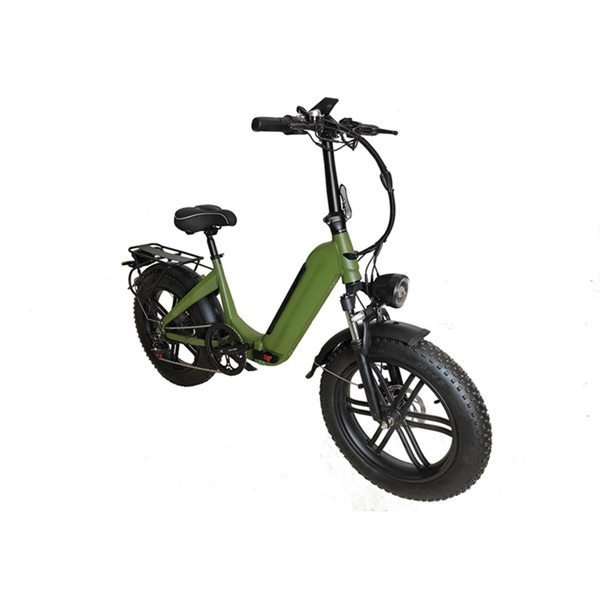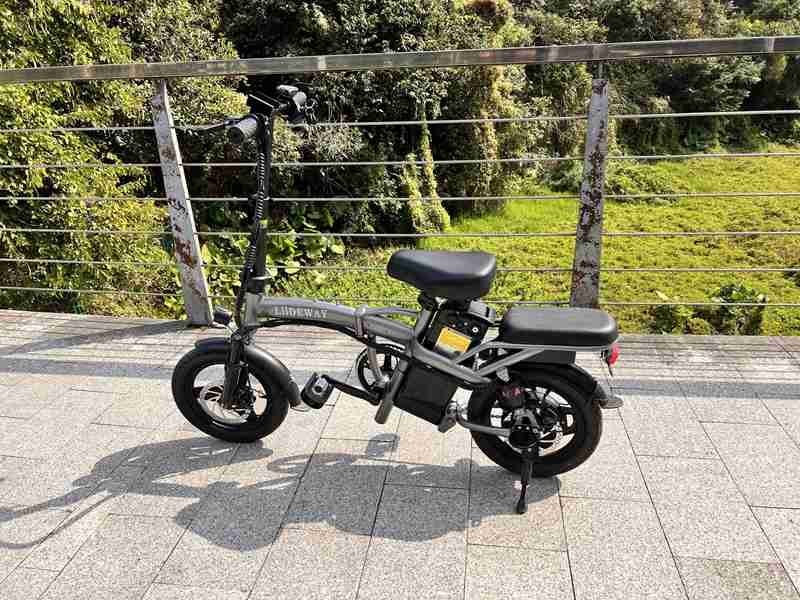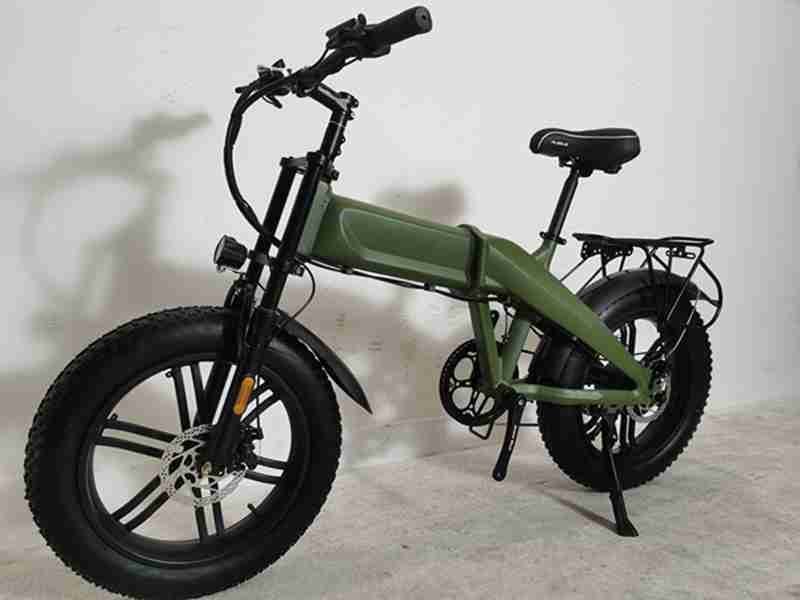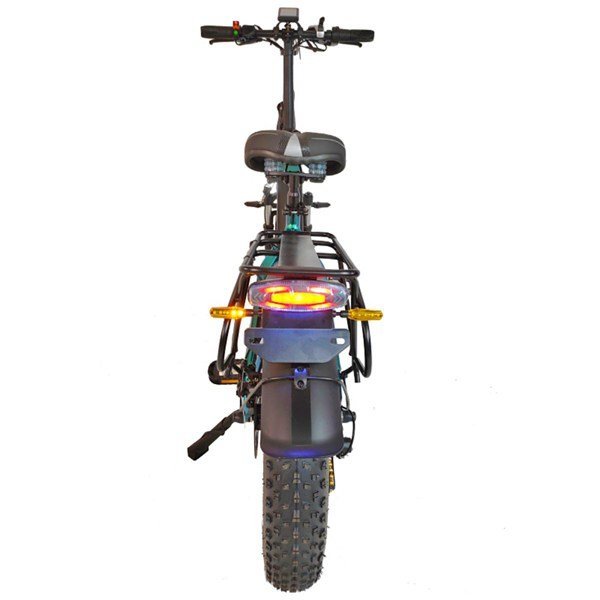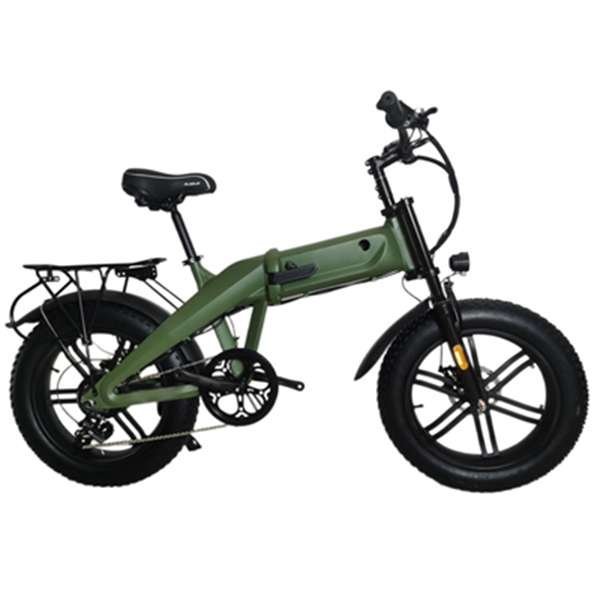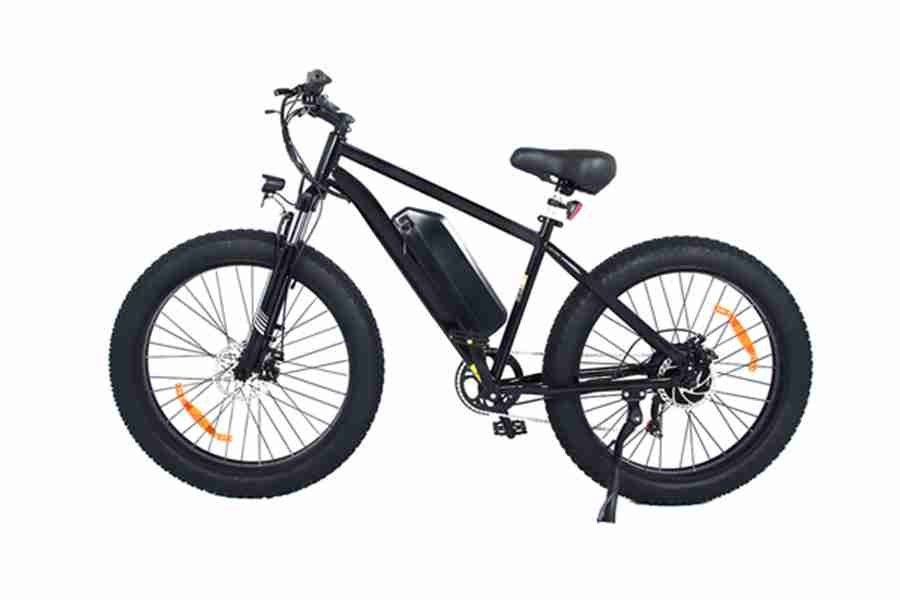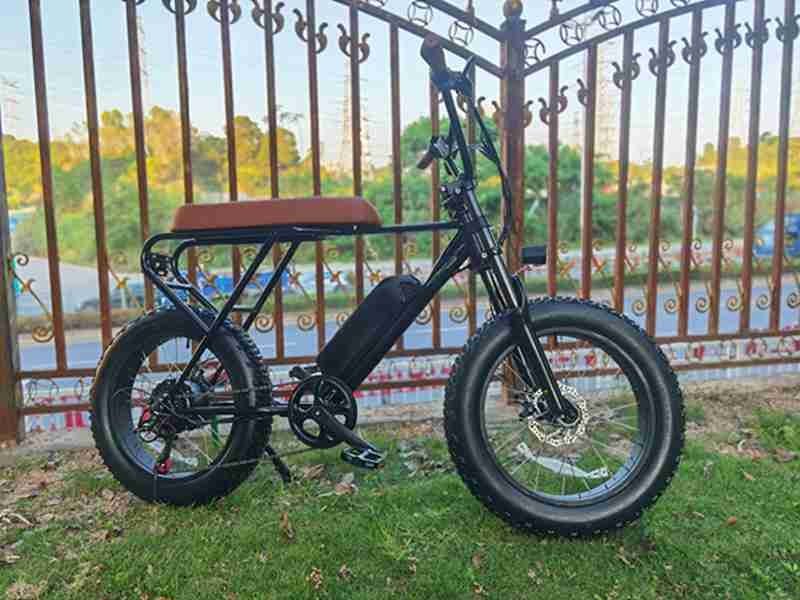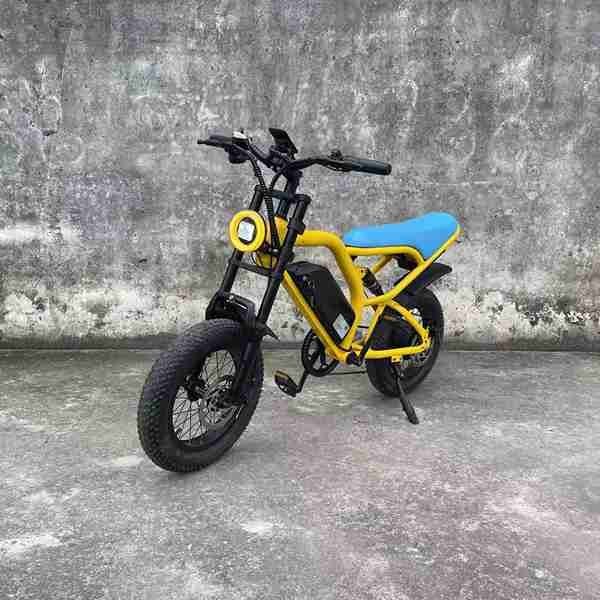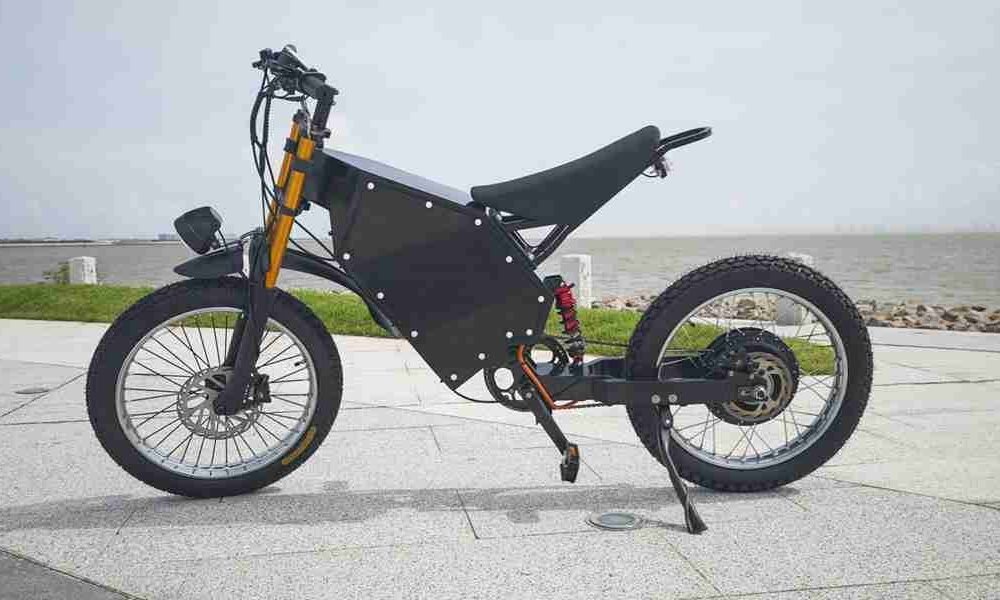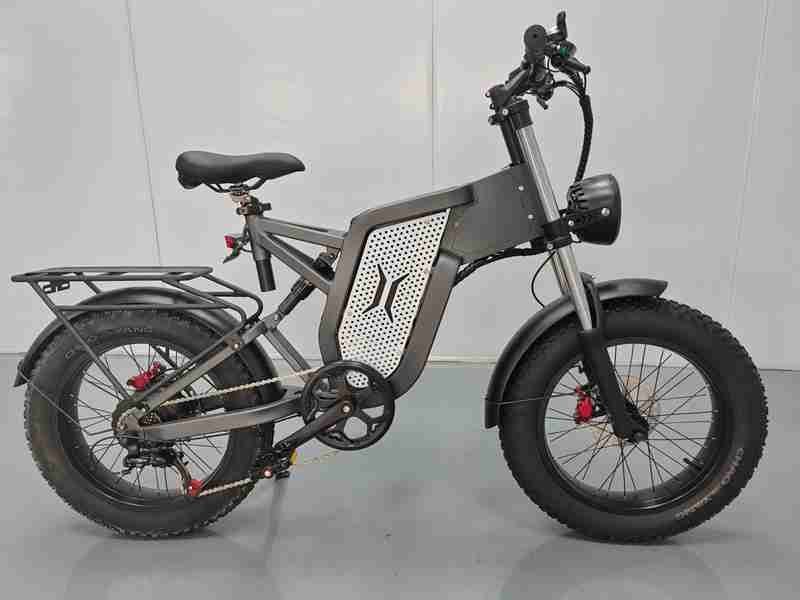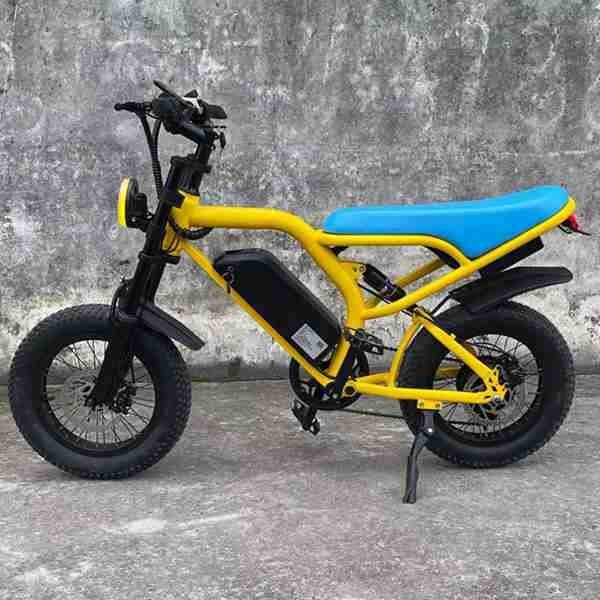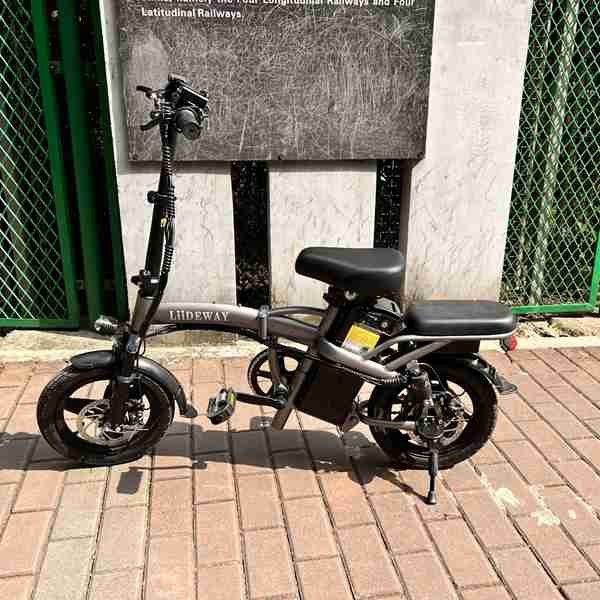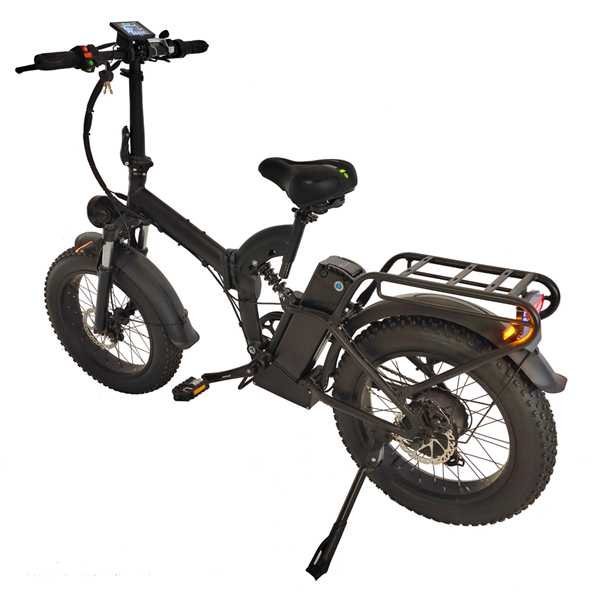Charging Electric Bikes: The Future of Sustainable Travel
As the world shifts toward greener transportation alternatives, electric bikes (e-bikes) have become a popular choice for eco-conscious travelers. LIIDEWA¡¯s innovative electric vehicle manufacturing plant, highly sought after in both European and American markets, is leading the charge in the e-bike industry. Our products offer seamless transitions between bicycles and electric vehicles, providing unmatched convenience and versatility. This article will explore the theme of charging electric bikes, touching on important topics such as charging methods, battery care, and the future of sustainable travel.
The Rise of Electric Bikes
Electric bikes have emerged as a transformative option for urban commuters, fitness enthusiasts, and long-distance travelers alike. With the versatility to switch between traditional pedaling and motor-powered riding, they offer both convenience and sustainability. LIIDEWA¡¯s diverse range of models includes 14-inch folding e-bikes, 20-inch fat-tire bikes, 26-inch snow bikes, and sleek city models for urban dwellers.
As e-bikes gain popularity, understanding the charging process is crucial for maximizing their efficiency and longevity. Charging electric bikes involves more than just plugging them in¡ªit¡¯s about knowing the best practices to keep your battery healthy and to ensure the bike remains reliable for everyday use.
How Electric Bikes Are Powered
Electric bikes rely on rechargeable lithium-ion batteries to provide motorized assistance. These batteries are compact, lightweight, and designed to power an e-bike for distances ranging from 20 to over 100 miles on a single charge, depending on the model and riding conditions. LIIDEWA offers e-bikes with long-range capabilities, making them ideal for commuters, adventurers, and anyone who needs reliable transportation.
The beauty of these batteries lies in their portability. LIIDEWA e-bikes are designed with removable batteries, allowing riders to easily detach and charge the battery indoors at home or the office. This level of convenience ensures that riders are always prepared for long-distance travel without worrying about the nearest charging station.
Types of Charging Methods
There are several ways to charge an electric bike, with each method offering different levels of speed and convenience. Let¡¯s explore the most common charging methods:
Standard Charging
Standard charging is the most typical way to power up an e-bike. It involves using a charger that plugs into a standard electrical outlet. Most e-bike batteries can be fully charged in 4-6 hours using this method, depending on the battery¡¯s capacity. LIIDEWA¡¯s bikes are equipped with fast-charging technology, meaning you can get back on the road quickly after plugging in.
Fast Charging
For those in a hurry, fast charging is another option. This method utilizes a specialized charger that delivers more power in a shorter amount of time. While fast charging can significantly reduce wait times, it¡¯s important to note that it may reduce battery lifespan if overused. LIIDEWA¡¯s high-quality batteries are designed to handle fast charging occasionally, offering riders more flexibility.
Solar Charging
As sustainability becomes a greater concern, solar charging is emerging as a popular choice for eco-friendly riders. Portable solar panels can be used to charge e-bike batteries, particularly in areas where access to electrical outlets may be limited, such as during camping trips or long outdoor adventures. LIIDEWA¡¯s e-bikes are compatible with solar charging solutions, making them perfect for environmentally conscious riders.
Best Practices for Charging Your Electric Bike
To ensure the longevity of your electric bike¡¯s battery and maintain optimal performance, it¡¯s important to follow best charging practices:
Charge Regularly
It¡¯s best to charge your e-bike after each ride, especially if you¡¯ve used a significant amount of battery power. This ensures the battery is always ready for your next trip and helps avoid being stranded with a dead battery.
Avoid Overcharging
While it¡¯s important to charge your e-bike regularly, leaving it plugged in for extended periods after it reaches full charge can damage the battery over time. Most modern e-bike chargers, including LIIDEWA¡¯s, come with auto shut-off features to prevent overcharging. Still, it¡¯s a good idea to unplug the charger once the battery is full.
Store Your Battery Properly
If you don¡¯t plan to use your e-bike for an extended period, make sure to store the battery in a cool, dry place. Lithium-ion batteries are sensitive to extreme temperatures, so avoid leaving them in very hot or cold environments. LIIDEWA¡¯s batteries are designed with advanced temperature control features, but proper storage can extend their lifespan.
Avoid Draining the Battery Completely
While it¡¯s not necessary to charge your battery after every short ride, try to avoid letting it drain completely before recharging. Regularly running the battery down to 0% can reduce its overall capacity over time. LIIDEWA¡¯s e-bike batteries come with an indicator that allows you to monitor charge levels easily, so you can plan your charging routine accordingly.
The Future of Electric Bike Charging
As the electric bike market continues to grow, advancements in charging technology are likely to follow. One promising development is the introduction of wireless charging for e-bikes. This technology, similar to what¡¯s seen in smartphones, would allow riders to charge their bikes without the need for physical plugs or cables. Though not yet widely available, LIIDEWA is at the forefront of researching this emerging technology to bring even more convenience to our customers.
Another exciting advancement is the integration of smart charging systems. These systems allow users to control the charging process remotely via smartphone apps. Riders can schedule charging times, monitor battery health, and receive notifications when their battery is fully charged. LIIDEWA is exploring ways to incorporate smart charging into our future models, offering our customers an even more seamless experience.
Conclusion: Collaborating with LIIDEWA
At LIIDEWA, we are committed to providing high-quality, versatile electric bikes that cater to the diverse needs of our customers. Whether you¡¯re looking for a 14-inch folding model for quick city commutes or a robust 26-inch snow bike for off-road adventures, we have a product that fits your lifestyle.
We are actively seeking Amazon dealers and agents to collaborate with us as we expand our presence in the European and American markets. With our innovative designs, long-lasting batteries, and focus on sustainability, LIIDEWA electric bikes are at the forefront of the green transportation revolution. If you¡¯re interested in working with us, we look forward to partnering with you on this exciting journey!
You maybe Like:
- Uncategorized
electric bike cargo liideway
- Uncategorized
electric bike 500w liideway
- Uncategorized
electric bike kit 3000 watt hub motor kit 72v liideway
- Uncategorized
electric bike e-bikes liideway
- Uncategorized
electric bike mag wheels liideway manufacturer
- Uncategorized
electric bike 750×2 liideway manufacturer
- Uncategorized
electric bike 20 inch liideway manufacturer
- Uncategorized
bike electric bmw liideway manufacturer
- Uncategorized
chopper bike electric liideway manufacturer
- Uncategorized
electric bike 4 wheel for adults liideway manufacturer
- Uncategorized
fat folding electric bike liideway manufacturer
- Uncategorized
ego electric bike liideway manufacturer
LIIDEWAY most popular Electric scooter are linked below:
T1 Single Motor 10inch off road tire
T1Pro Double motor 48v 23AH battery
T14 Single Motor 12inch city road tire
T6(Double motor)
T7 Double motor 11inch off road tire
T8 Double motor 60v 20AH battery
T9(Double motor)
T10 Double motor 11inch off road tire
LW3-Wheel(3wheel)
T5 Double motor 72v 50AH battery
T4 Double motor 60v 20AH battery
T11 Double motor Acrylic LED board
T13 Electric Snow Scooter 1500w motor

